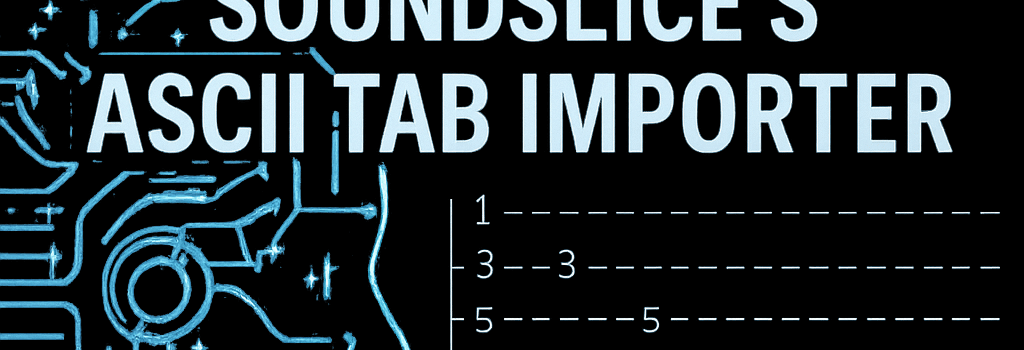AI Hallucinations Drive Innovation: Soundslice’s ASCII Tab Importer

On Monday, sheet music platform Soundslice announced the launch of an ASCII tab importer—a feature it never planned to build until ChatGPT confidently told users it existed. This marks one of the first documented cases of a company implementing real product functionality in direct response to an AI model’s confabulation.
Background: ChatGPT’s Confabulated Feature
Soundslice specializes in digitizing standard notation from images or PDFs, then synchronizing it with audio or video so musicians can follow along as the score scrolls in real time. It also offers tempo control, looping, and practice tools. In early 2025, user reports began pouring in claiming that Soundslice supported importing ASCII tablature—a text-based guitar notation format—but the platform had never added such functionality.
The Discovery: Unraveling Erroneous Logs
Co-founder Adrian Holovaty noticed spikes in error logs showing uploads of ChatGPT screenshot images containing ASCII tab. “Our scanning engine wasn’t built for that,” he wrote in a blog post. After hours of testing with ChatGPT, he confirmed the cause: the model was instructing users to sign up and import ASCII tab files for synchronized audio playback—an entirely fabricated feature. “ChatGPT was outright lying to people,” Holovaty said.
Technical Deep Dive: Building the ASCII Tab Importer
ASCII tablature uses six lines of plain text to represent guitar strings, with numbers indicating fret positions. To parse it, Soundslice engineers built a lightweight state machine in JavaScript that:
- Splits input on line breaks.
- Identifies string headers via a regex:
/^(E|B|G|D|A|E)\|/. - Extracts fret numbers and maps them to MIDI note numbers based on standard or alternate tunings.
- Generates time-stamped MIDI events aligned with the platform’s audio-sync engine.
function parseAsciiTab(input) {
let lines = input.split('\n');
let midiEvents = [];
for (let line of lines) {
if (/^(E|B|G|D|A|E)\|/.test(line)) {
// parse frets and string index
}
}
return midiEvents;
}Integration with Soundslice’s existing MusicXML rendering pipeline ensures seamless scrolling and audio sync. The team also added a tuning-selection UI and error feedback for malformed tabs.
Mitigating Hallucinations: Embedding Retrieval-Augmented Generation
OpenAI’s latest GPT-4 with Retrieval Plugin can query real-time documentation and reduce confabulation rates by up to 30%. Dr. Emily Chen of Stanford AI Lab explains: “Retrieval-augmented models ground responses in verified data sources, cutting down on made-up features or citations.” Soundslice has since published an API reference in GitHub and is exploring a plugin so the next generation of chatbots can fetch live docs instead of inventing them.
The Ethics and Economics of Hallucination-Driven Development
“Developing features based on misinformation presents a double-edged sword,” says Sofia Martinez, product lead at MusicTech Ventures. “You meet unexpected demand but risk chasing ghosts and increasing technical debt.”
While responding agilely to user expectations can boost satisfaction, it raises questions about product roadmapping integrity. Should companies pivot development priorities because an AI made things up? Or should they enforce stricter guardrails and disclaimers around their brand and docs?
Looking Ahead: Industry-wide Implications
As AI assistants become entwined in research and development workflows, more SaaS vendors might face “hallucination backlogs.” A 2025 Gartner report found 67% of enterprises have already identified at least one internal project started to satisfy an AI-generated request. Best practices include:
- Regular auditing of AI-cataloged features against actual roadmaps.
- Implementing human-in-the-loop checks before publishing docs.
- Using retrieval-augmented systems to ground knowledge.
Conclusion
Soundslice’s ASCII tab importer illustrates how AI hallucinations can paradoxically accelerate innovation—but also underscores the need for more reliable, grounded LLM outputs. As companies navigate this new frontier, balancing responsiveness with roadmap discipline will be critical.
I’ve been trying to find cannabis clones for sale but it’s hard to trust anyone these days.